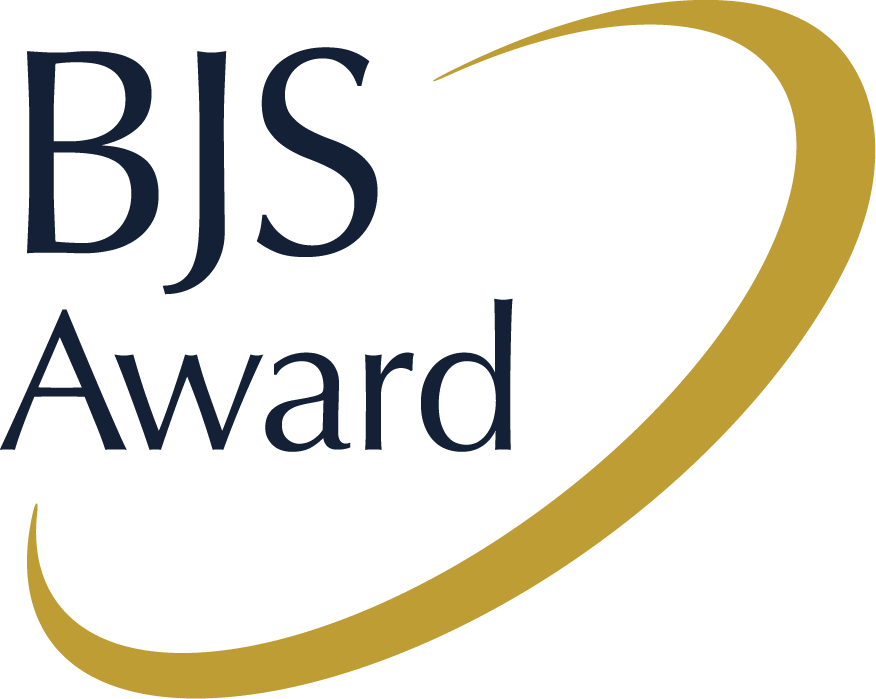What's new
TOP ARTICLE
OF THE
MONTH

A surgical life by James Shapiro

Comment on: Assessment of nodal staging and risk factors for nodal involvement in gallbladder cancer
Wissam Benhami, Dihia Makaci, Ahmed Fouad Bouras, Chafik Bouzid

Author response: Assessment of nodal staging and risk factors for nodal involvement in gallbladder cancer
Anita Balakrishnan, Petros Barmpounakis, Nikolaos Demiris, Bodil Andersson, Alejandro Brañes, Xavier de Aretxabala, Malin Sternby Eilard, Paul Gibbs, Simon J F Harper, Emmanuel L Huguet, Asif Jah, Vasilis Kosmoliaptsis, Javier Lendoire, Siong S Liau, Shishir Maithel, Jack L Martin, Colin Noel, Raaj K Praseedom, Alejandro Serrablo, Volkan Adsay, the OMEGA Study Investigators

Arterial resections in pancreatic cancer: measure twice, cut once
Monish Karunakaran

Author response: Intercontinental collaborative experience with abdominal, retroperitoneal and pelvic schwannomas
Samuel J Ford, James Hodson

Comment on: Intercontinental collaborative experience with abdominal, retroperitoneal and pelvic schwannomas
Lauren Taylor, Chris Duff, David Mowatt, James Howard, Richard Whitehouse

Organ preservation for rectal cancer patients in the era of neoadjuvant immunotherapy
Kai Pang, Xinzhi Liu, Pengfei Zhao, Hongwei Yao, Yingchi Yang, Zhongtao Zhang

Immunotherapy-enhanced tumour regression in rectal cancer: should surgery be omitted?
Wenlong Qiu, Xuan Zheng, Yunpeng Wu, Yong Yang, Qian Liu

Comment on: Effect of transverse versus midline periumbilical incision on incisional hernia and short-term outcomes after laparoscopic colon cancer surgery: multicentre, open-label, randomized clinical trial
Jeremy Meyer, Jonathan Douissard, Marie Burgard
About

BJS Academy is an online educational resource for current and future surgeons. It serves as the home for all things relating to the BJS Foundation as well as produces content, both original and in conversation with material published in the BJS Journals.
BJS Academy was founded as a part of the charitable activity of BJS Foundation, which owns and operates the following.

A celebration of excellence in surgical science, the BJS Award recognises a discovery, innovation or scientific study that has changed clinical practice. Awarded every two years, this international accolade gives an exceptional individual the recognition they richly deserve.

Academy content is comprised of five distinct sections: Continuing surgical education, Young BJS, Cutting edge, Scientific surgery and Surgical news.

BJS Institute provides formal certified online surgical courses to surgeons in training and established surgeons who wish to develop their skills in surgical writing and publishing.

Championing a Partners collaborative approach, the Foundation offers two levels of partnership, each with their own unique benefits.









